Windy conditions have stranded our team. The part of our group that was set to fly out today is still here with not much more than their ECW(abbreviation) Extreme Cold Weather clothing clothing as they have already "dragged" their bags. They'll probably be here through the weekend as a storm is expected to hit McMurdo for the next few days. Looks like we have one more storm before we're off the ice. Enjoy the warmth for us and enjoy the following WATER DROP story.
(Thanks for those that joined in for the webinar - we had fun!)
Sally E. Walker shares her WATER DROP story of Fossils
Do you know what fossils are?
Fossils are the remains of animals or plants that lived thousands of years ago. These remains look the same as when the animal or plant was alive but they have changed to stone. I study these fossils so I am a paleontologist. I go to amazing places for my work.
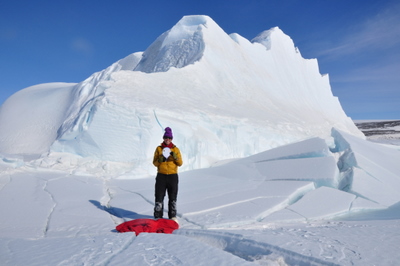
Right now, I am working in Antarctica with a team of scientists and ice divers. We work at Camp New Harbor on the other side of McMurdo Sound. We are on the coast of the Taylor Dry Valley, one of the only places in Antarctica that is not entirely covered by snow and ice.I adopted the Snelling 4-H WATER DROP and took it in the field with me for a few weeks.
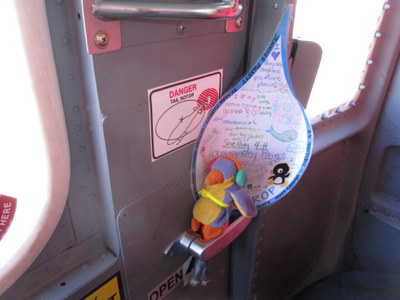
We are trying to figure out how Antarctic sea creatures become part of the fossil record. That means we start by looking at the sea creatures that live today at different depths and habitats in the ocean. I look at burrowing clams called Laternula that bury deep into the mud. Then I look at small white clams named Yoldia that live just a little bit shallower in the mud. We also look at the giant Antarctic scallop, Adamussium, that lives right on top of the sea floor. I look at how these animals live and how they die and then how they get buried by sediments on the ocean floor. Sediment is sea “soil” and pebbles.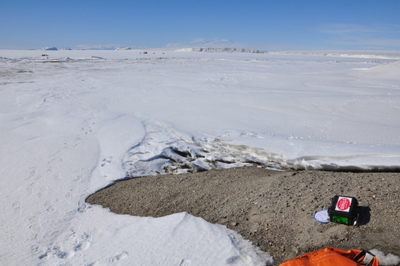
We do this by looking for their fossils. I walk the shoreline of the Taylor Dry Valley and other places, like Bay of Sails. I find fossil scallops and other sea creatures in the fossil sites. Some of these are four to six thousand years old. I am trying to understand how the fossil scallops got to be preserved in the shoreline of Antarctica.
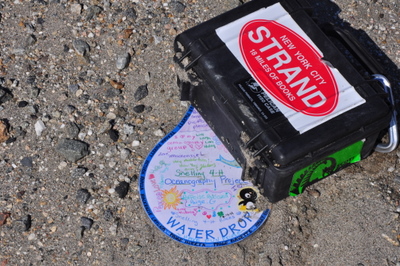
Other members of our team are looking at spiny-skinned sea creatures called brittle stars and beautiful single-celled creatures that go by the name foraminifera. These creatures are important as they make carbonate--like chalk--skeletons that can easily dissolve in cold, polar waters. We hope to figure out how fast these sea creature skeletons dissolve so that they might not make it into the fossil record. How fast do you think sea creature skeletons dissolve?
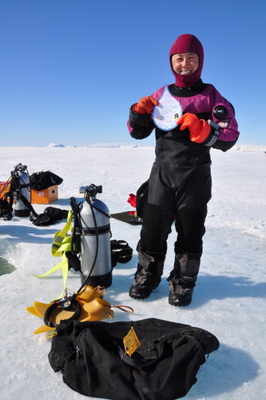
I see and do all kinds of interesting things.


Comments